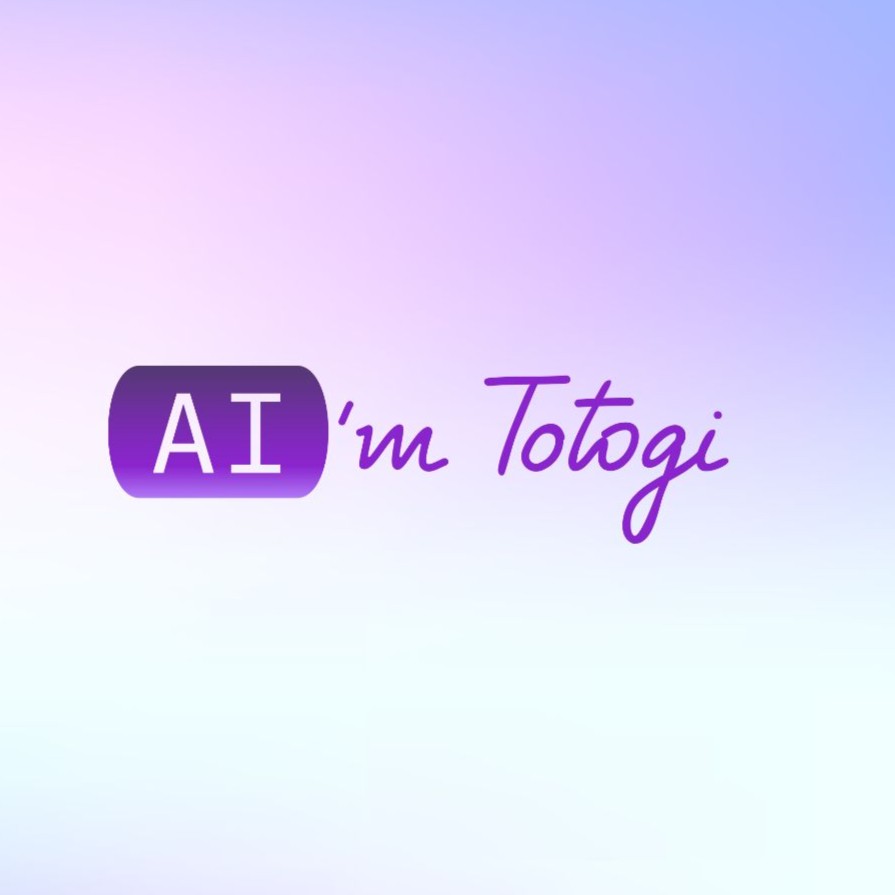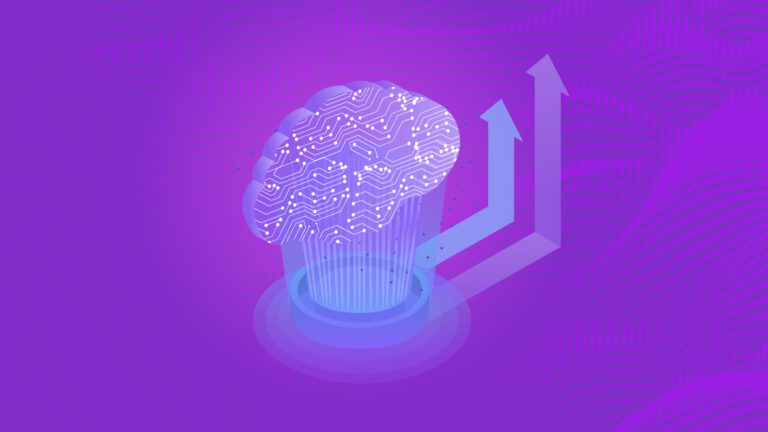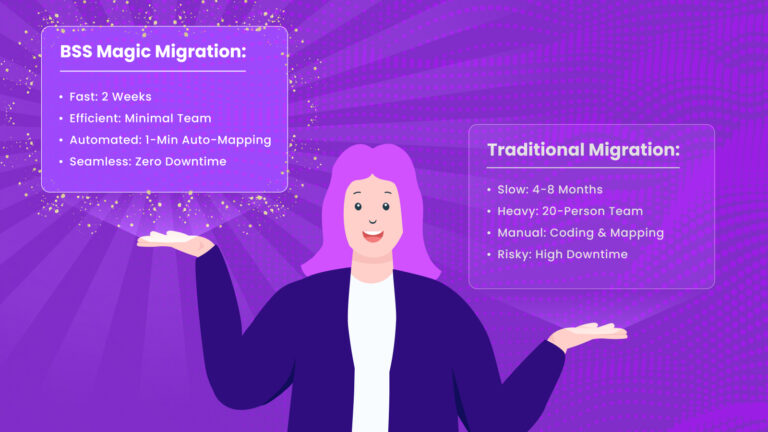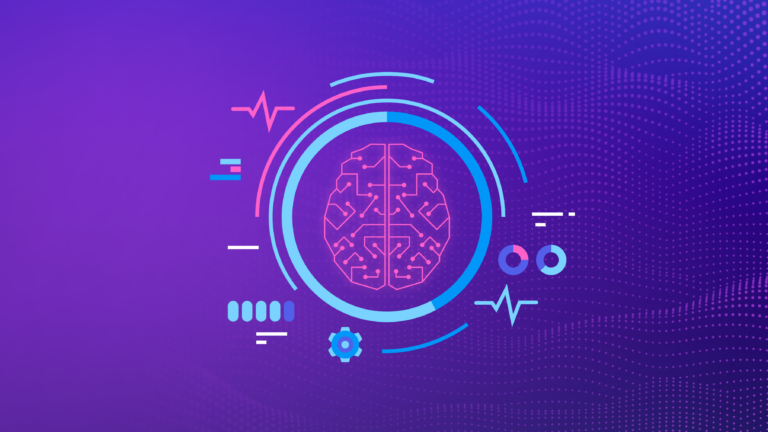If you attended Mobile World Congress (MWC) this year or just caught some of the buzz around it, you probably noticed that generative AI was everywhere. It was clearly the star of the show, and Agentic AI emerged as the hottest topic of them all. Yes, the industry’s latest buzzword is “AI Agent,” and if the picture running in your mind right now looks anything like the below – I’m here to help 🙂

But don’t worry—AI Agents are definitely more than just the industry’s latest hype. The excitement at MWC reflects genuine curiosity and growing recognition of the tangible value these technologies offer.
Telecom executives today increasingly encounter the concept of “AI agents.” This term frequently appears across industry discussions, conferences, vendor meetings, strategic planning sessions, and internal innovation initiatives. Despite its prominence, clear comprehension of AI agents and their practical applications within telecom remains limited. In this blog series, we will explore the world of AI agents: what AI agents are, the different vendor strategies and solutions in the space, and provide actionable guidance to prepare your telecom business for successful AI agent adoption. Together, these posts will deliver insightful real-world examples, strategic analysis, and practical advice to help you effectively leverage these transformative technologies.
Why AI agents matter more than ever for telecom executives
The modern telecom landscape is characterized by fierce competition, accelerating technological advancements, and continually evolving consumer expectations. Telecom executives face multifaceted challenges, such as managing aging infrastructure, navigating intricate vendor relationships, combating increasing cybersecurity threats, complying with stringent regulatory requirements, and meeting consumer demands for personalized and rapid service delivery.
Legacy infrastructure, often outdated and inflexible, burdens telecom operators with high maintenance costs and limits agility and innovation. Vendor lock-in compounds these challenges, constraining operators’ capacity to swiftly integrate emerging technologies or quickly adapt to dynamic market shifts. Concurrently, today’s telecom customers expect seamless, personalized experiences delivered rapidly—a standard that traditional operational models often struggle to meet. Generative AI has emerged as a transformative force with enormous potential to address these entrenched challenges. GenAI for BSS systems, a whitepaper by John Abraham at Appledore Research, portrays the adoption of generative AI in telco software environments, which follows a clear maturity path. This maturity evolves across dimensions of increasing value and rising telco specificity, highlighting the growing importance of tailoring AI capabilities specifically to telecom needs.
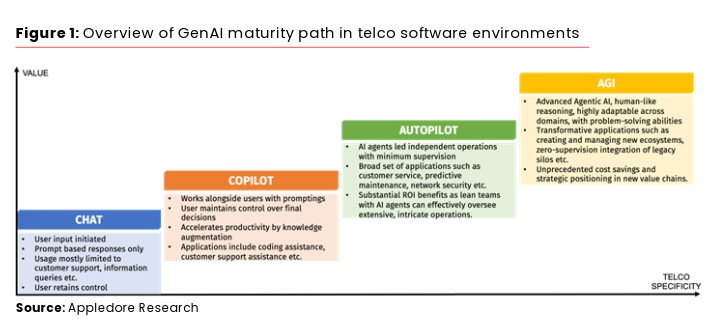
Initially, telcos have leveraged AI-powered chatbots and virtual assistants, primarily driven by Natural Language Processing (NLP) and rule-based systems. These tools are commonly used for basic customer support and handling information queries, such as checking account balances or answering simple service questions. While beneficial, their effectiveness heavily depends on extensive, meticulous configuration, which limits scalability and flexibility. Consequently, telco specificity here is relatively less critical, as these agents predominantly rely on predefined rules with human users retaining ultimate control over the interaction.
Moving up the maturity curve, we find Copilots. Copilots are founded on Large Language Models (LLMs), such as OpenAI’s GPT series, Anthropic’s Claude, and Perplexity. LLMs are advanced AI models trained on massive datasets, capable of generating contextually relevant text based on patterns and probabilities. Copilots provide significant productivity enhancements by assisting human operators in tasks such as proposal writing, customer interaction summaries, and technical support issue resolution. Vodafone, for example, developed an LLM-powered copilot to assist sales teams in drafting responses to complex RFPs, significantly improving efficiency and productivity. However, despite their sophistication, copilot solutions primarily recommend actions or generate content, leaving final decisions and execution responsibilities in human hands. Additionally, generic LLMs may not fully grasp the intricacies of telecom-specific jargon, processes, and regulatory nuances, underscoring the value of telco-specific training and fine-tuning.
While some copilots, such as Totogi’s Plan Sidekick, can perform end-to-end execution, they still operate under human supervision, relying on human input for critical decisions and actions. The significant leap forward occurs when we move beyond copilots to systems that can autonomously perceive, reason, set goals, make decisions, and execute actions independently. This transition marks the entry into the realm of Agentic AI – the Autopilots. Agentic AI employs a sophisticated multi-agent system, allowing AI agents to handle complex processes autonomously, from start to finish. These advanced AI systems coordinate various specialized agents, each designed for distinct roles, collectively achieving complex tasks without constant human oversight.
What are AI agents?
AI Agents can take many forms, and different frameworks are better suited to different problems. However, to clearly understand AI agents, we need to distinguish them from their closely related counterparts—copilots. While both copilots and AI agents leverage powerful Large Language Models (LLMs) to interpret context, generate relevant outputs, and provide valuable assistance, their key differences lie primarily in autonomy, execution capabilities, and the nature of their training and instruction.
Copilots are designed primarily to assist and augment human activities. They perceive data, interpret context, reason, plan, and even suggest or recommend decisions. However, copilots typically rely heavily on human input and approval to execute their recommendations. Their decision-making processes are primarily driven by prompts, explicit instructions, or carefully engineered prompts provided by humans, ensuring that humans maintain ultimate oversight and responsibility.
In contrast, AI agents embody a higher level of autonomy and self-direction, independently performing tasks from start to finish. AI agents are designed and trained to operate within a clearly defined domain of expertise, yet with a broader framework of objectives and policies. It allows them to set strategic goals autonomously, reason through complex scenarios, independently make informed decisions, execute actions without continuous human intervention, and adapt dynamically based on outcomes.
This difference in training and autonomy marks a critical distinction, enabling AI agents to handle more complex, multi-step operations entirely autonomously.
AI agents operate based on several core interconnected principles:
- Perception and Understanding: AI agents gather real-time data from their environments through sensors, APIs, databases, or user interactions. Leveraging Natural Language Processing (NLP), computer vision, and LLM-powered inference, agents interpret structured and unstructured data comprehensively, forming an accurate contextual understanding necessary for subsequent planning and action. This is also the part where ontologies come into play, a topic we’ll explore in greater depth in a future post.
- Reasoning, Planning, and Decisioning: AI agents use advanced reasoning engines, sometimes enhanced by retrieval-augmented generation (RAG), to set clear strategic goals, formulate effective plans, and evaluate multiple potential actions autonomously. They then interact directly with other systems, executing optimal decisions autonomously without the need for continuous human oversight.
- Learning and Adaptation: Agentic systems autonomously implement plans, monitor outcomes, and adapt their actions based on immediate feedback and evolving scenarios, ensuring tasks are completed effectively and efficiently.
- Orchestration and Collaboration: AI agent orchestration is required in order for multiple specialized AI agents, each designed with unique expertise and functions, to work collaboratively towards a defined task.
Since AI orchestration is key for effective agentic AI systems, let’s explore this topic further.
AI agent orchestration
AI agent orchestration refers to the coordination and management of multiple AI agents to collaboratively complete complex tasks. Effective AI orchestration involves strategically managing resources, directing workflows, and dynamically adjusting processes based on real-time feedback. Orchestration layers serve as command centers that delegate tasks, aggregate results, and synchronize activities among agents, ensuring they operate cohesively toward common goals.
Frameworks such as CrewAI and LangGraph illustrate practical approaches to agent orchestration. CrewAI, for example, is known for its user-friendly workflows, supporting structured task delegation among specialized agents. LangGraph leverages a more flexible approach, enabling dynamic, graph-based interactions among agents, ideal for complex, interdependent tasks that require adaptive collaboration. Selecting the appropriate orchestration framework depends on the complexity, scale, and specific requirements of the tasks at hand—ranging from straightforward linear processes to intricate, interconnected agent networks.
The critical role of telco-specific AI agents
Linking back to the GenAI maturity path, as outlined by Appledore’s whitepaper, the effectiveness of agentic AI within telecom significantly hinges on telco-specific orchestration capabilities. Telecom environments are inherently complex, characterized by diverse legacy systems, proprietary data formats, strict regulatory compliance, and multifaceted operational workflows. General-purpose orchestration platforms lack the nuanced understanding of telecom-specific processes, regulations, and data semantics required to deliver seamless interoperability and meaningful automation. Therefore, investing in telco-specific AI orchestration frameworks is essential to maximizing the value and operational impact of agentic systems within telecom.
The benefits of telco-specific AI agents are substantial for CSPs:
- Reduced operational complexity: AI-agents simplify management across multiple systems, breaking down legacy silos without extensive manual interventions.
- Improved responsiveness: Autonomous agents quickly identify and address issues, minimizing downtime and proactively improving service reliability.
- Enhanced customer experiences: Personalized interactions and proactive issue resolution significantly elevate customer satisfaction.
- Increased agility and innovation: Rapid scaling and adaptation enable operators to quickly launch new services and respond dynamically to market shifts.
In the telecom space, customer onboarding processes, streamlined inventory operations, real-time billing adjustments, personalized marketing campaigns, and dynamic network resource allocation are just a few of the many practical applications of Ai Agents. These use cases highlight the transformative potential of agentic AI in significantly streamlining operations, enhancing customer satisfaction, and driving revenue growth. BSS Magic exemplifies this transformation potential through its AI control plane, which simplifies the creation and deployment of AI agents across multiple vendor systems, dramatically accelerating integration and innovation cycles – regardless of CSPs current stack.
The Road Ahead: AI Agents in Telecom
We’ve only just scratched the surface of what agentic AI can offer to telecom operators. The possibilities are broad, exciting, and filled with transformative potential for telcos that embrace this technology early and strategically. But there’s much more to explore and understand.
In the upcoming posts in this blog series, we’ll dive deeper into the different vendor strategies and solutions in the AI agent space, examining how telecom industry leaders and innovative disruptors alike are harnessing agentic AI. We’ll also highlight the critical role of ontologies—powerful semantic frameworks essential for AI agents to effectively understand and operate in complex telecom environments.
We’ll explore further into AI orchestration, showcasing best practices for orchestrating multi-agent systems, and demonstrate how telco-specific orchestration frameworks can dramatically enhance your operational efficiency and service quality.
Most importantly, we’ll offer actionable guidance on how to become an AI-first telco. We’ll provide practical advice, clear examples, and strategic recommendations to empower you to leverage agentic AI, drive competitive differentiation, and future-proof your operations in this rapidly evolving industry.
Stay tuned—the future is autonomous, it’s exciting, and it’s just getting started!

